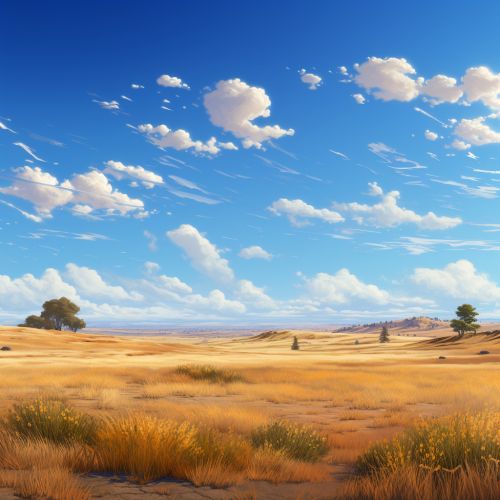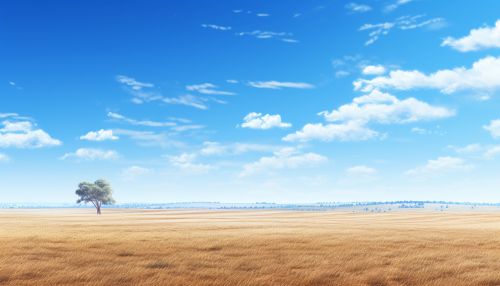Drought
Introduction
Drought is a complex, multifaceted phenomenon that is characterized by a prolonged period of insufficient water supply, whether atmospheric (below-average precipitation), surface water or ground water. A drought can last for months or years, or may be declared after as few as 15 days. It can have a substantial impact on the ecosystem and agriculture of the affected region and harm to the local economy.
Causes
Droughts occur when a long period passes without substantial rainfall. They are caused by shifts in wind patterns and the levels of heat-absorbing greenhouse gases in the atmosphere. The severity of droughts is measured by the drought monitor. The drought monitor measures the demand for water versus the amount of water available. The less water available, the higher the severity of the drought.
Types of Drought
There are four main types of drought:
Meteorological Drought
Meteorological drought is brought about when there is a prolonged period with less than average precipitation. Meteorological drought usually precedes the other kinds of drought and is specific to different types of climate.
Agricultural Drought
Agricultural droughts are droughts that affect crop production or the ecology of the range. This condition can also arise independently from any change in precipitation levels when soil conditions and erosion triggered by poorly planned agricultural endeavors cause a shortfall in water available to the crops.
Hydrological Drought
Hydrological drought is brought about when the water reserves available in sources such as aquifers, lakes, and reservoirs falls below the statistical average. Hydrological drought tends to show up more slowly because it involves stored water that is used but not replenished.
Socioeconomic Drought
Socioeconomic drought occurs when the demand for an economic good exceeds supply as a result of a weather-related shortfall in water supply.
Effects of Drought
Drought can have serious health, social, economic and political impacts with far-reaching consequences. Water is one of the most essential commodities for human survival, second only to breathable air. So when water supplies become scarce, people can't get enough to drink, wash, or feed crops, and economic decline may occur.
In addition to the obvious impacts of drought on agriculture, drought can also lead to a decline in energy production and water quality, increased fire hazard, reduced quality of life, and harm to wildlife.
Mitigation and Relief
Efforts to control droughts involve many different strategies, including water conservation and management strategies, such as rainwater harvesting, desalination, and drought-resistant crops. Other strategies include cloud seeding and sinking wells or other deep water sources. Relief for people affected by drought can include financial assistance for farmers, distribution of food and water, and the implementation of drought plans by local governments.
See Also


